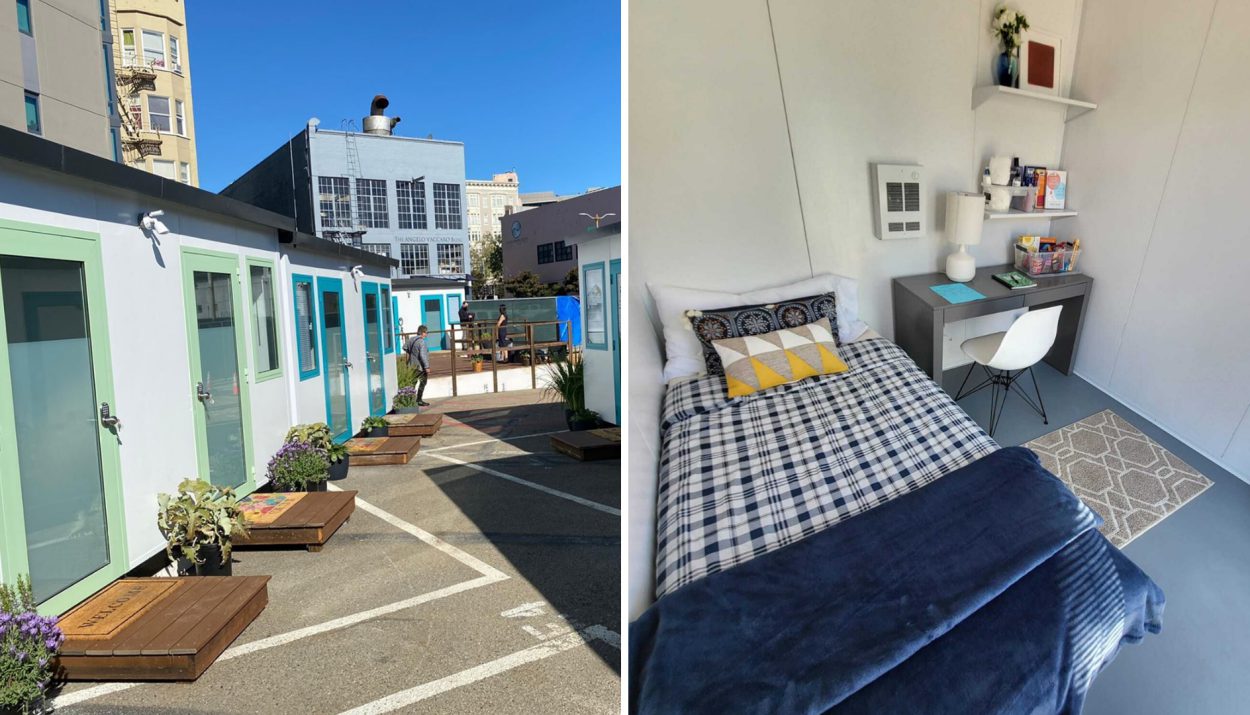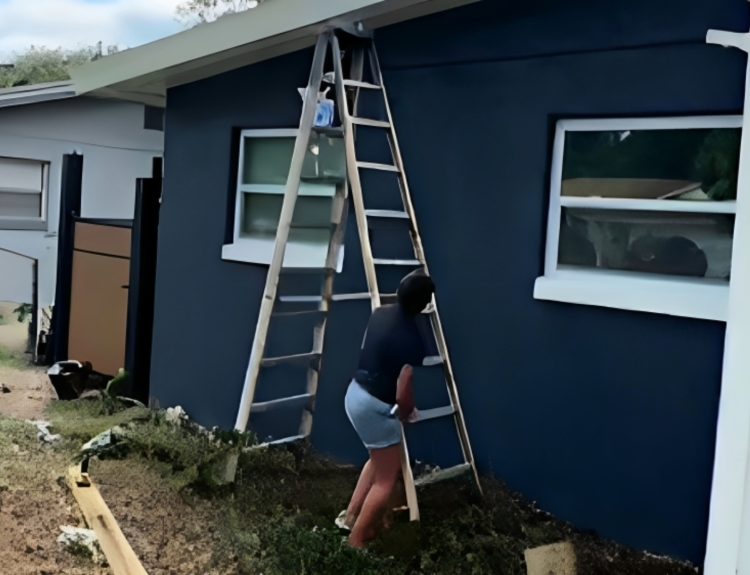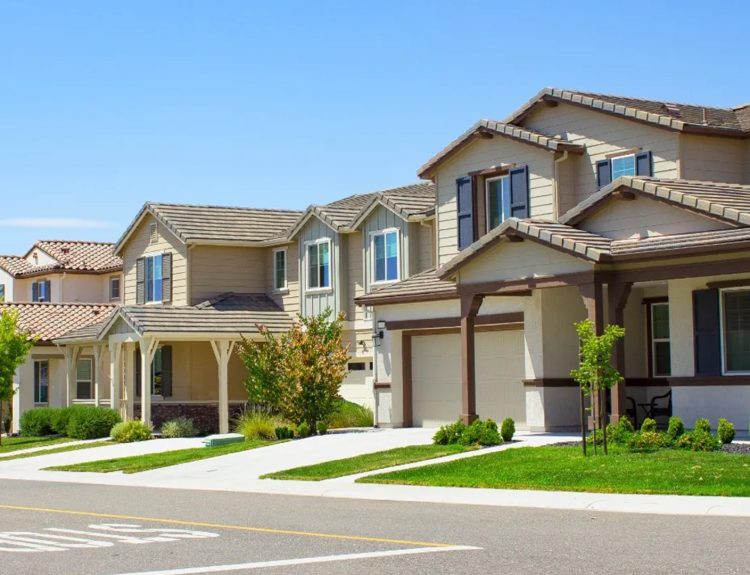San Francisco is following along with statewide trends as it opens a temporary tiny home facility for unhoused Californians – a direct response to the ongoing homelessness problem that has plagued the city (and state) for decades. While taxpayers approve of the idea, they aren’t too happy with the cost of the program – which is coming out of their pocket!
What Is Mission Cabins?
Mission Cabins is a temporary shelter program that will provide 60 cabins for homeless people at 1979 Mission Street. The project is expected to run for two years, at which point the shelters will be demolished to make room for a long-term housing development.
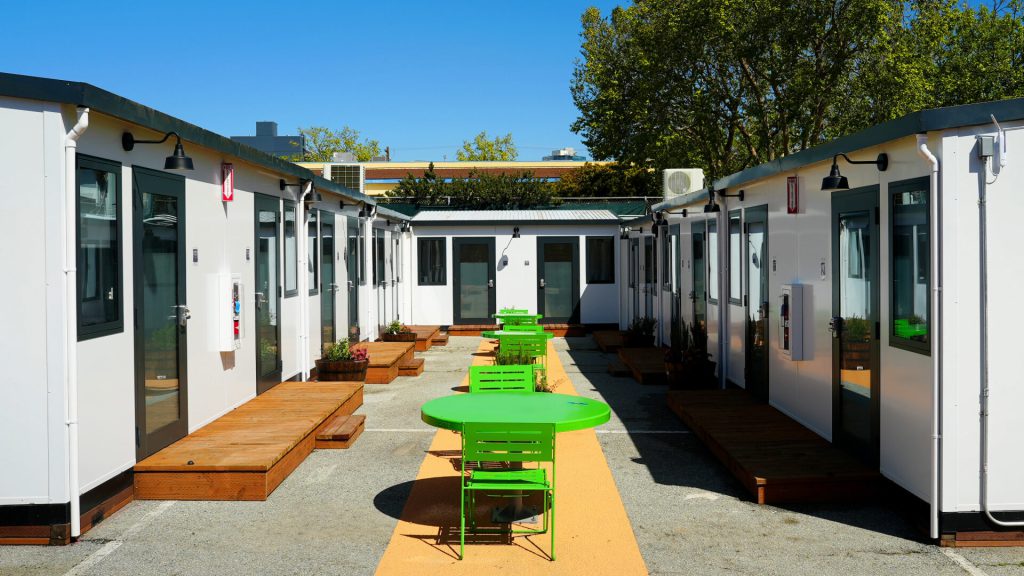
According to the city, each cabin will be equipped with ‘a private room with a locking door, a comfortable bed, storage space, a desk, a chair, outlets, and heating.’ They will also have access to hygiene facilities, a dining area, community space, meals, and other services.
San Francisco Leased The Land In January
In January, the Department of Homelessness and Supportive Housing announced that it had secured a lease for a 2.25-acre plot of land at 2177 Jerrold Ave. – which would be expanded to include a parking lot and access to two warehouses.
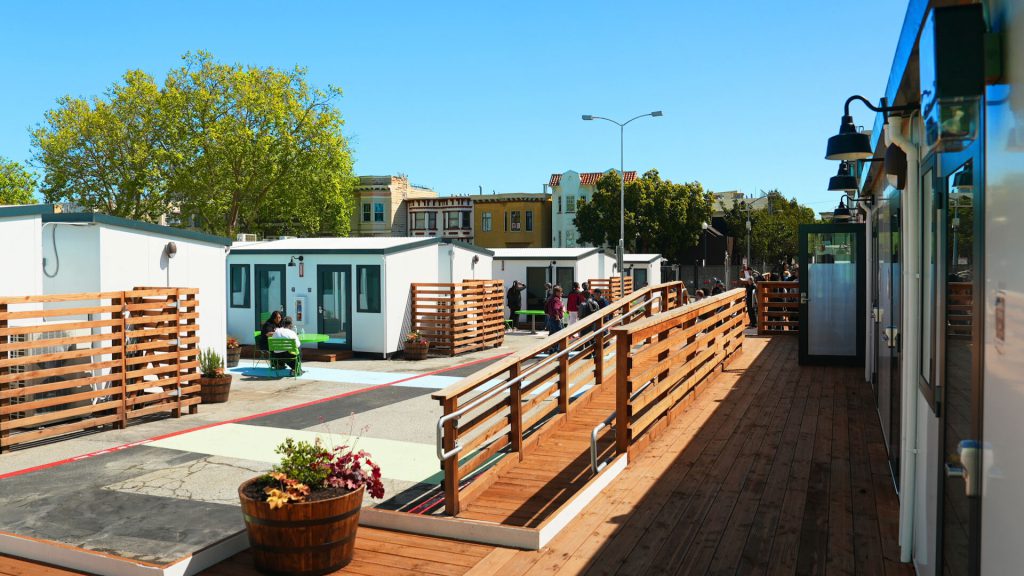
L.B. Stone Properties owns the property, which it bought for $9 million in 2016. “The two warehouses span 24,455 square feet and are flanked by 79,643 square feet of secure yard space,” according to The San Francisco Standard.
City Had Obstacles To Get Through First
Before the city could move forward with the project, they had to invoke State Assembly Bill 101, which allowed them to obtain zoning rights. This was required because new housing or office developments were prohibited at the intended site.

Since the land was being used to curb the declared shelter crisis, they were able to bypass some zoning rules and environmental reviews. One of the major requirements to do so was that the structures be existing or temporary – which they are.
Mission Cabins Opened Its Doors On April 15
April 15 was a monumental day for the project, as some homeless people started settling into their new temporary homes. The community features 52 65-square-foot cabins, and eight 78-square-foot cabins – the larger ones are designed for couples.
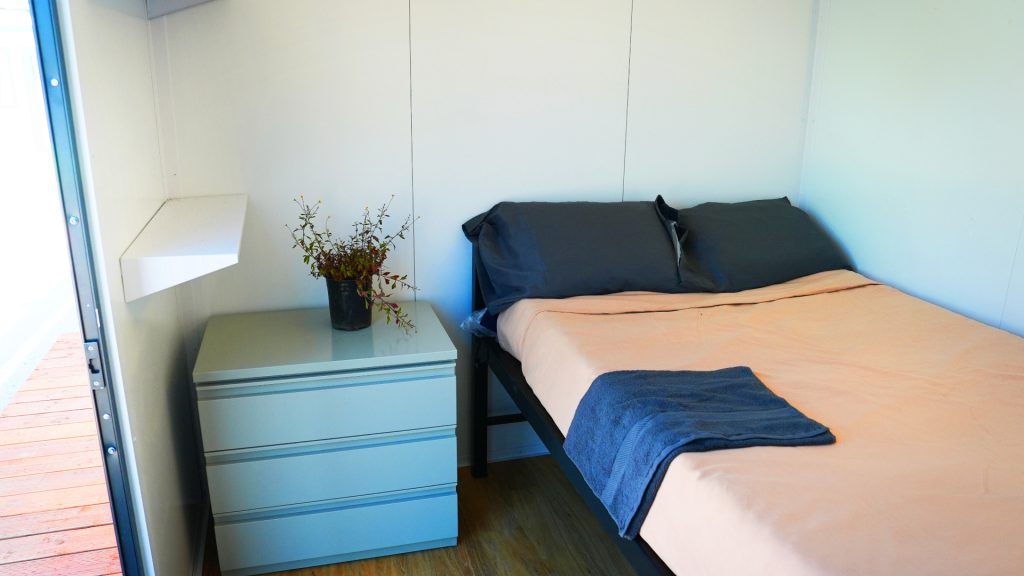
The program isn’t accepting walk-ins or applications but will instead operate by invitation only. It’ll be serviced by the non-profit Five Keys Schools and Programs, which hopes to admit up to five people per day until all rooms are occupied.
Similar To Successful 33 Gough Cabins
The new initiative is being compared to a similar project – 33 Gough Cabins – that launched in March 2022. The interim supportive housing community was built by DignityMoves in collaboration with Tipping Point and the City of San Francisco.
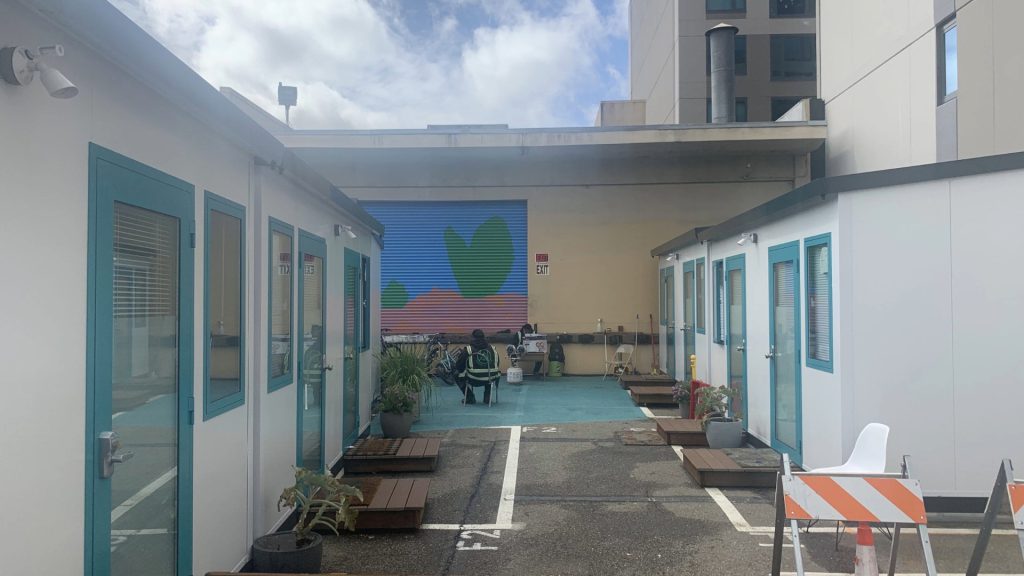
The facility features 70 individual rooms, case manager offices, a clinic, a computer lab, and other community spaces. Each room has its own bed, desk, window, and, crucially, a lockable door.
Taxpayers Like The Idea, But Not The Price Tag
While most taxpayers agree that temporary housing shelters are key to helping San Francisco (and California, as a whole) curb its homelessness problem. Unfortunately, they’re having a hard time getting over how much the program is costing them.
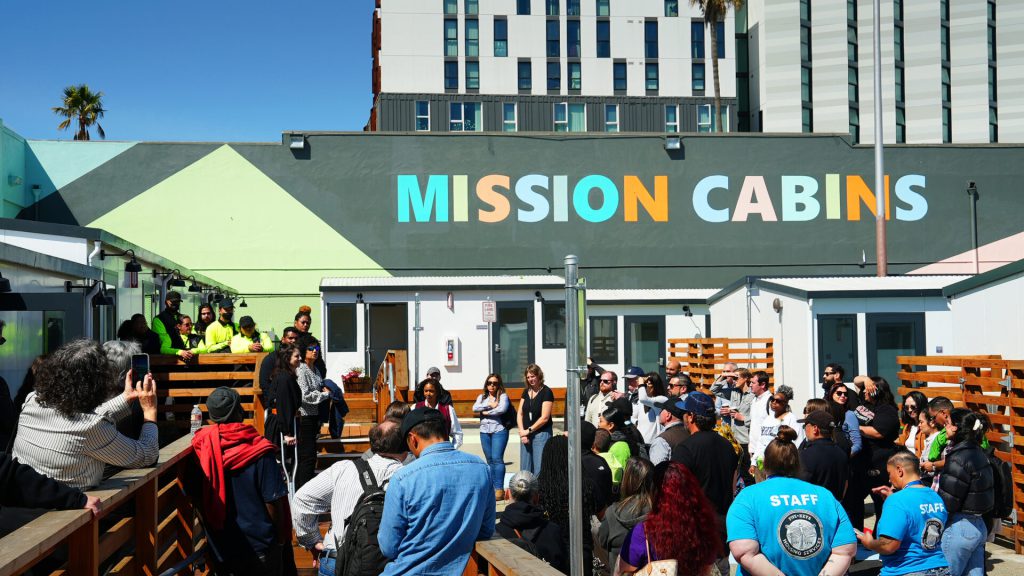
According to the Daily Mail, each temporary home cost taxpayers $113,000 and the overall project will cost the city another $2.9 million per year to maintain. One analyst is calling it ‘a massive overspend’ – and they might be right!
Mayor London Breed Defends Program
San Francisco Mayor London Breed is proud of the work her city is doing, and believes in the Mission Cabins project – which she says will help end homelessness for people who need help and prevent long-term encampments throughout the city.

“The new Mission Cabins will provide a critical new space in our work to bring people off the streets and into a safe, stable environment,” she said. “We want people indoors, where it’s safe and where they can get on the path to a more secure, long-term housed environment.
California’s Homelessness Problem Getting Worse
According to the United States Department of Housing and Urban Development, there were more than 181,399 homeless people in California in January 2023 – and more than two-thirds of those people were considered ‘unsheltered.’
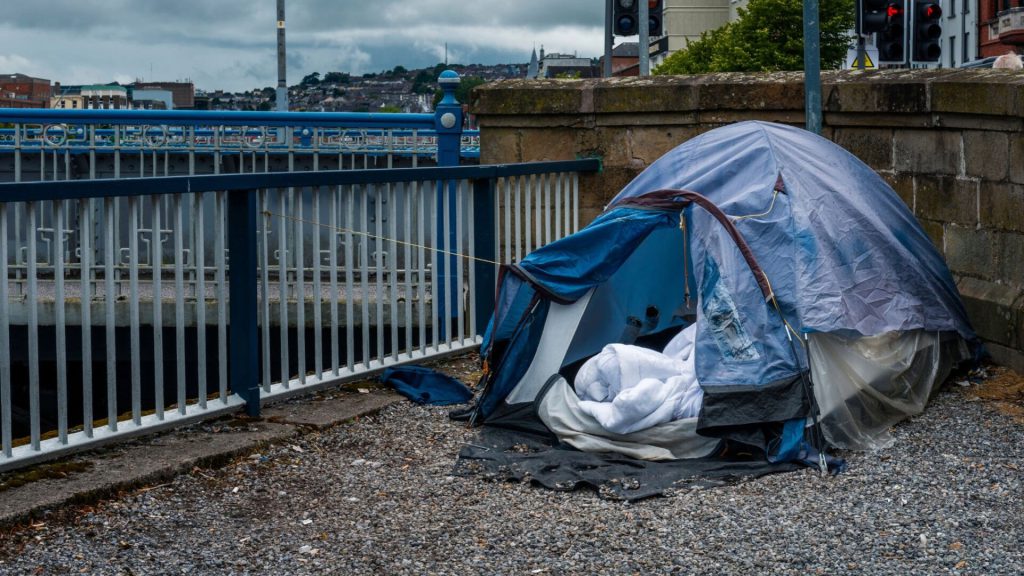
To put their crisis into perspective, California’s homeless population accounts for more than 28% of the nation’s homeless population. The primary cause of homelessness in CA is the lack of affordable housing, which they’re desperately trying to fix.
San Francisco Facing The Brunt Of It
More than 8,000 of those homeless people can be found on the streets of San Francisco. The city would need to build 6,000 new housing units and spend more than $1 billion to curb the crisis – which is just as bad as San Diego, San Jose, Sacramento, and others.

“The homelessness crisis is the biggest problem facing our city. Now, approximately 65 people who have been homeless and living on the streets in the Mission will have dignified shelter and around-the-clock social services,” said District 9 Supervisor Hillary Ronen.
State Auditors Not Happy With State’s Handling Of It
Over the past five years, California has spent more than $24 billion to help curb homelessness. Unfortunately, those funds haven’t amounted to much as the crisis continues to worsen with little sign of progress.
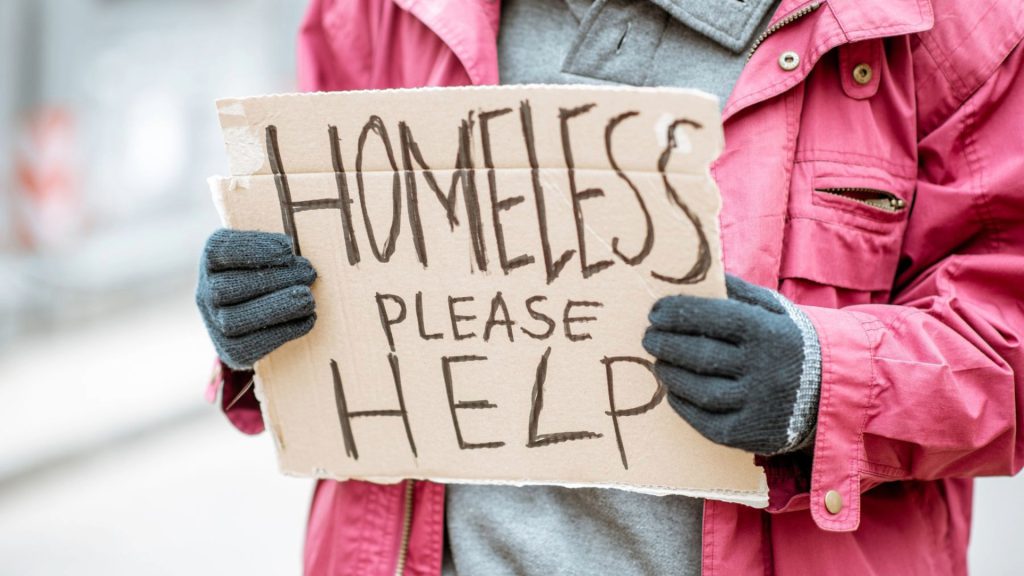
A recent report by state auditors blasted California for its poor handling of the crisis, arguing that they haven’t collected a single ounce of data to help guide them in the right direction. Instead, the state is down $24 billion without a clear plan for the future.
Oakland Opened 100-Person Cabin Village In 2023
In February 2023, the city of Oakland debuted a new cabin shelter program at 2601 Wood Street that was developed using an $8.3 million grant from the State of California. The village houses 100 people and includes job placement support, counseling, and other services.
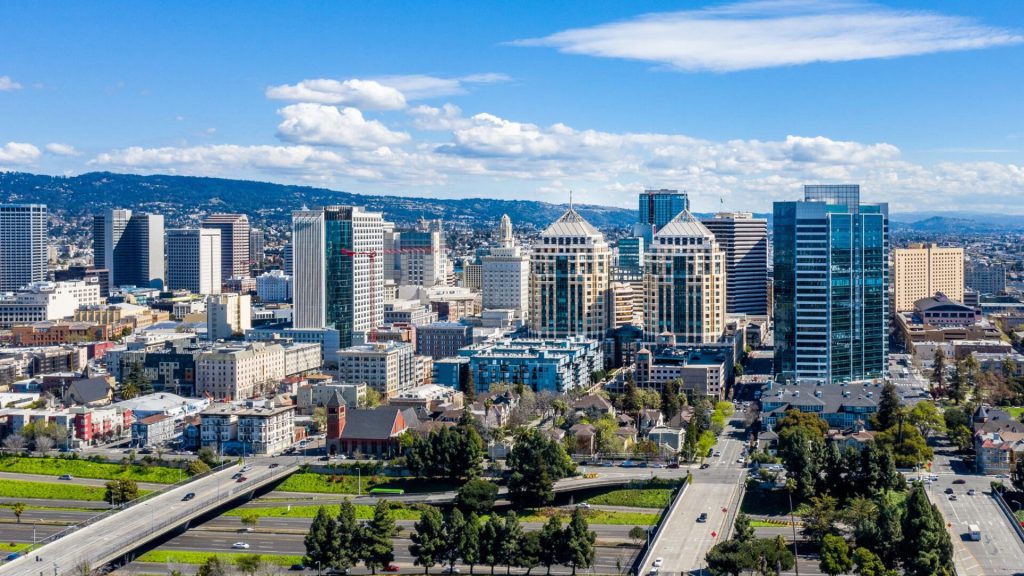
“The City of Oakland is proud to deliver this 100-bed temporary shelter program,” said Assistant City Administrator LaTonda Simmons. “We stood up this program in partnership with the State with significant community engagement and support from local residents and businesses.”
San Jose Operates Hundreds Of Tiny Homes
The City of San Jose is also using tiny homes as a source of ‘emergency interim housing.’ They’re currently operating more than 600 temporary homes with plans to build more since 48% of those who live in the homes eventually move on to long-term housing.

“People are tired of seeing homelessness and they’re saying, ‘Do something, now,’” said Jennifer Loving, CEO of the nonprofit Destination: HOME. “I think these non-congregate shelters are being positioned as the, ‘We’re doing something now.’”

